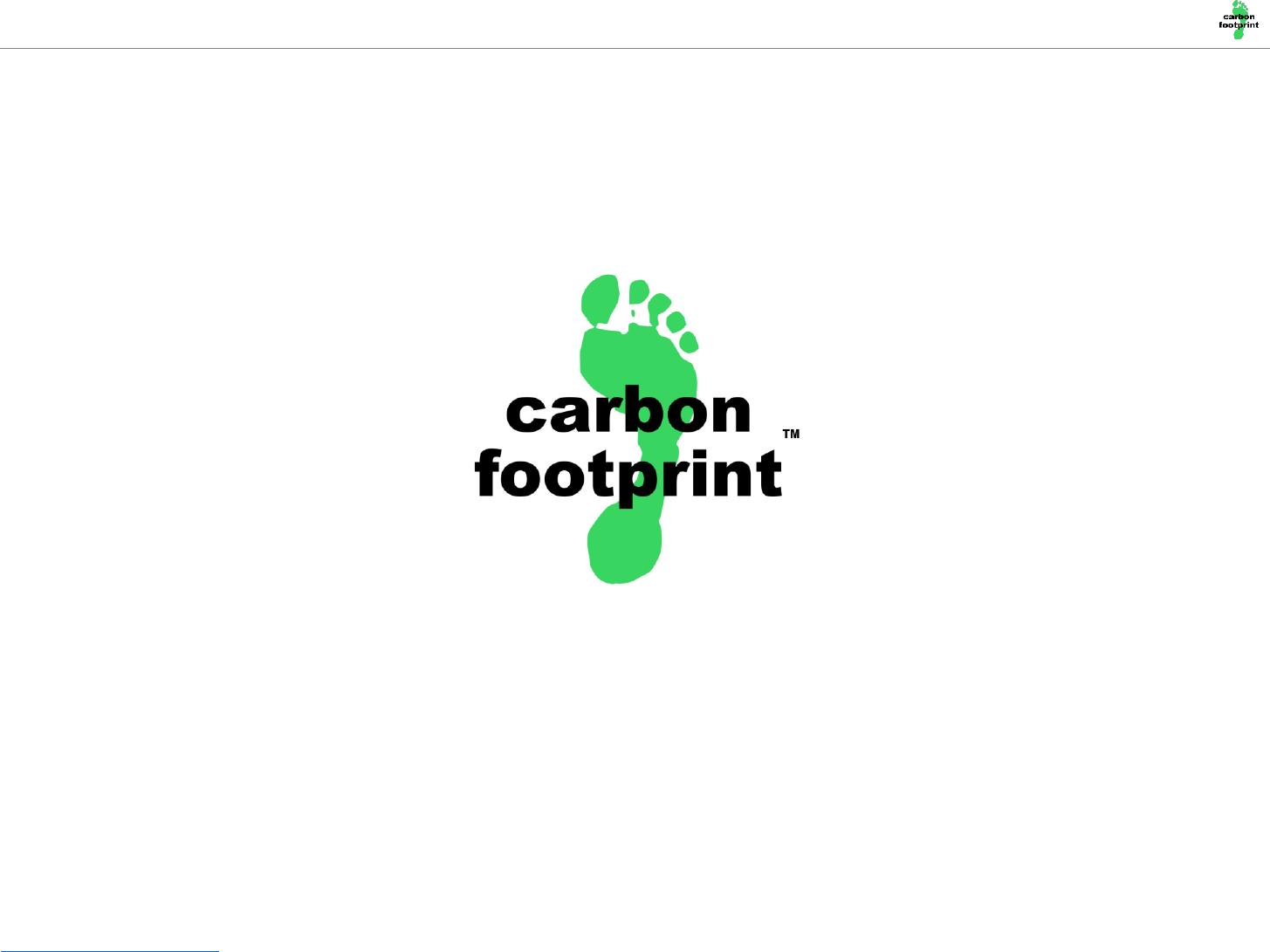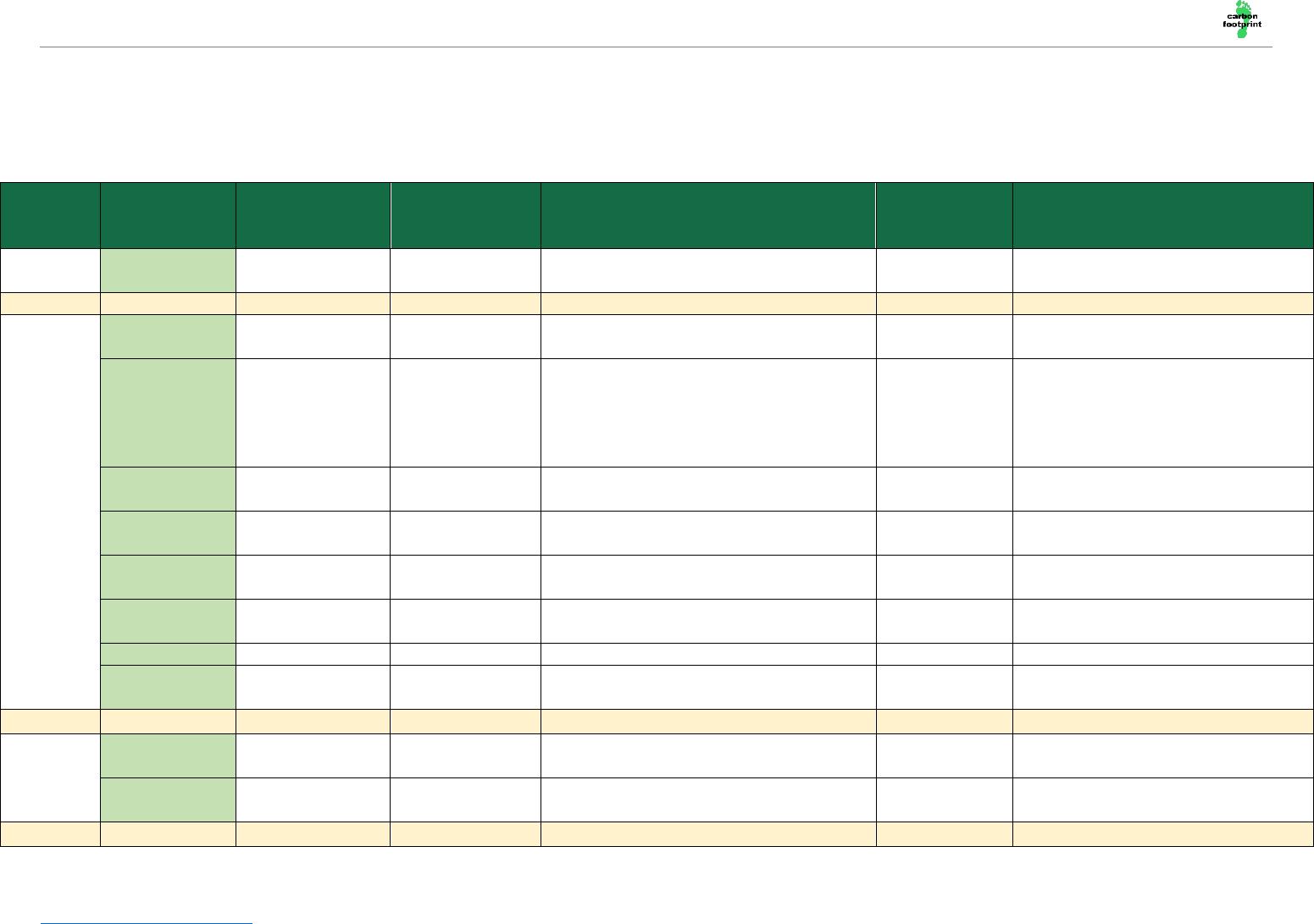www.carbonfootprint.com 2
Key terms
• Dual reporting – Reporting both location-based and market-based emissions.
• Generation – This is the emissions factor for the fuels burned to provide you with the energy that you have directly used.
This will be part of your “Scope 2” emissions, although you have directly used the energy, the emissions occurred at a
power station, where the fuel was burned.
• Location-based reporting – Calculating your emissions based on where your site is, using the fuel mixes from power
stations local to you.
• Market-based reporting – Calculating your emissions based on the consumer choices you have made, e.g. using a green
or renewable tariff, so that you only purchase the energy from renewable sources.
• Production mix – These are emissions factors based on the mix of fuels used by power stations in the area. Use these for
location-based reporting.
• Residual mix – These are emissions factors based on the mix of fuels used by power stations in the area where the energy
from certain fuels that has been sold to specific consumers has been taken out. For example, people using green or
renewable energy tariffs have bought energy that comes from only renewable sources. Therefore, these values can be
used for market-based reporting when you have not bought energy from a specific mix of fuels.
• Scope 1 – Emissions that occurred from burning fuel in assets under your control, e.g. on your sites or in your vehicles.
• Scope 2 – Emissions that occurred out of your control but as a result of energy you have directly consumed.
• Scope 3 – Emissions that occurred in your supply chain.
• Transmission & distribution – This is the emissions factor for the energy generated to move the energy you used around
the grid to get to your site. This will be part of your “Scope 3” emissions, as the energy associated with these emissions
was neither consumed nor generated on your site, but is used as a result of energy consumed on your site.



 VIP
VIP VIP
VIP VIP
VIP VIP
VIP VIP
VIP VIP
VIP VIP
VIP VIP
VIP VIP
VIP VIP
VIP